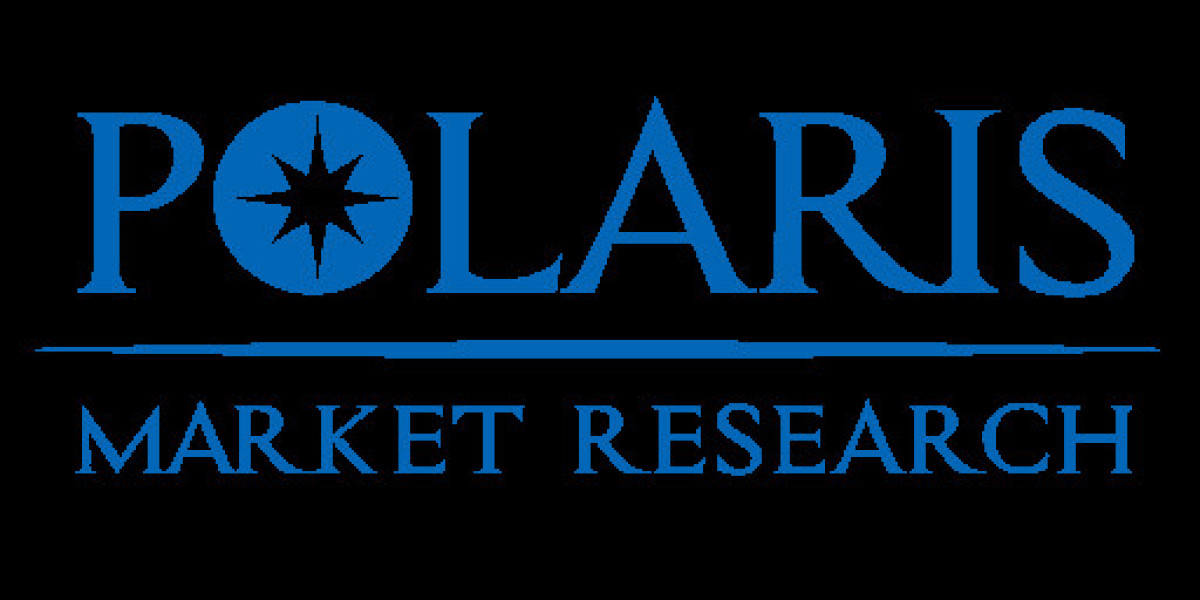The Cleaning and Hygiene Products Market is set to reach USD 151.4 billion in 2024, advancing at a CAGR of 6.25% through 2034, reflecting its central role in safeguarding public health, sustaining institutional operations, and shaping consumer preferences worldwide. As awareness of infection control and sustainability grows, demand across multiple product categories and end-user applications continues to expand. The market is increasingly segmented by product type, industry-specific use cases, and application scope, with segment-wise performance serving as a critical driver of corporate strategy and value chain optimization. The diversity of applications—from household cleaning and laundry to institutional disinfectants, paper hygiene goods, and personal care—has made segmentation analysis indispensable for identifying high-growth opportunities and competitive differentiation.
Among product types, surface disinfectants and sanitizers experienced a surge during pandemic years, and this demand has not receded, as healthcare systems, educational institutions, and workplaces maintain stringent hygiene protocols. Disinfectants now represent a substantial share of revenues, reflecting their application-specific growth across hospitals and hospitality sectors. Laundry care products, including detergents and fabric softeners, remain dominant in volume terms, supported by continuous innovation in concentrated formulas, biodegradable ingredients, and refillable packaging formats. Paper hygiene products, such as tissues, wipes, and toilet papers, have gained prominence with rising per capita usage in both developed and emerging markets. Within this category, the shift to bamboo-based and recycled materials illustrates the influence of product differentiation, as consumers align purchasing decisions with environmental responsibility. Personal care hygiene items—including soaps, hand washes, and feminine hygiene products—are also witnessing robust growth, particularly in Asia Pacific and Latin America, where penetration levels are still climbing.
End-user segmentation provides further clarity on market dynamics. The healthcare sector is the single largest institutional consumer, with hospitals, clinics, and laboratories requiring high-volume disinfectants, sterilization wipes, and sanitation chemicals. The World Health Organization (WHO) continues to emphasize infection control, ensuring demand stability across global healthcare infrastructure. The food and beverage sector represents another high-value end-user group, where stringent sanitation standards regulated by agencies such as the U.S. Food and Drug Administration (FDA) and the European Food Safety Authority (EFSA) mandate continuous adoption of cleaning products. Hospitality and commercial spaces also account for significant demand, driven by consumer expectations of cleanliness as an indicator of brand quality. Household usage remains the broadest consumer category, with e-commerce accelerating product availability and reshaping distribution models.
Read More @ https://www.polarismarketresearch.com/industry-analysis/cleaning-and-hygiene-products-market
In terms of material innovation, value chain optimization has been driven by the gradual replacement of chemical-based formulations with plant-derived or enzymatic alternatives. Surfactants derived from coconut oil, corn, and sugarcane are becoming mainstream, supporting both sustainability goals and regulatory compliance. This material transition also helps mitigate risks tied to petrochemical price volatility, a key restraint for the industry. Meanwhile, manufacturers are introducing water-efficient cleaning solutions designed to cater to regions facing scarcity, including parts of the Middle East and Asia. These innovations not only enhance segment-wise performance but also strengthen competitive positioning in markets where environmental regulations are stringent.
Pricing strategies across segments reveal further differentiation. Premium products, such as eco-friendly concentrates and antimicrobial formulations, command higher margins, appealing to urban consumers in developed markets. In contrast, affordability remains critical in emerging economies, where cost-sensitive consumers prioritize basic laundry and surface cleaning products. The availability of refill packs, bulk institutional supplies, and low-cost private label alternatives highlights how pricing flexibility underpins penetration across diverse income brackets. Digital retail channels also enable tiered pricing strategies, with premium SKUs positioned alongside mass-market offerings to capture a wider share of consumer spending.
Opportunities are expanding through circular economy models and refillable packaging systems, which reduce plastic waste and meet rising consumer demand for eco-friendly solutions. Regulatory frameworks, such as the European Union’s Green Deal and Extended Producer Responsibility (EPR) guidelines, reinforce this trend by incentivizing companies to innovate in packaging and material usage. However, supply chain disruptions and inflationary pressures continue to challenge profitability, especially in categories reliant on imported raw materials. Manufacturers are increasingly localizing production and diversifying suppliers to mitigate these risks while sustaining growth across segments.
The competitive landscape reflects the segmentation-driven strategies of leading players who balance mass-market production with niche innovation. Multinationals dominate through product diversity and global distribution channels, while regional firms focus on cost-effective alternatives or specialized eco-products to capture localized demand. Segment-focused expansion ensures that companies remain resilient to market fluctuations, emphasizing agility in responding to both consumer and institutional needs.
Key Players in the Global Cleaning and Hygiene Products Market:
- Procter & Gamble
- Unilever
- Reckitt Benckiser Group
- Henkel AG & Co. KGaA
- Kimberly-Clark Corporation
More Trending Latest Reports By Polaris Market Research:
Ultrasonic Air Bubble Detectors Market
Commercial Kitchen Appliances Market
Ready-To-Drink Cocktails Market








